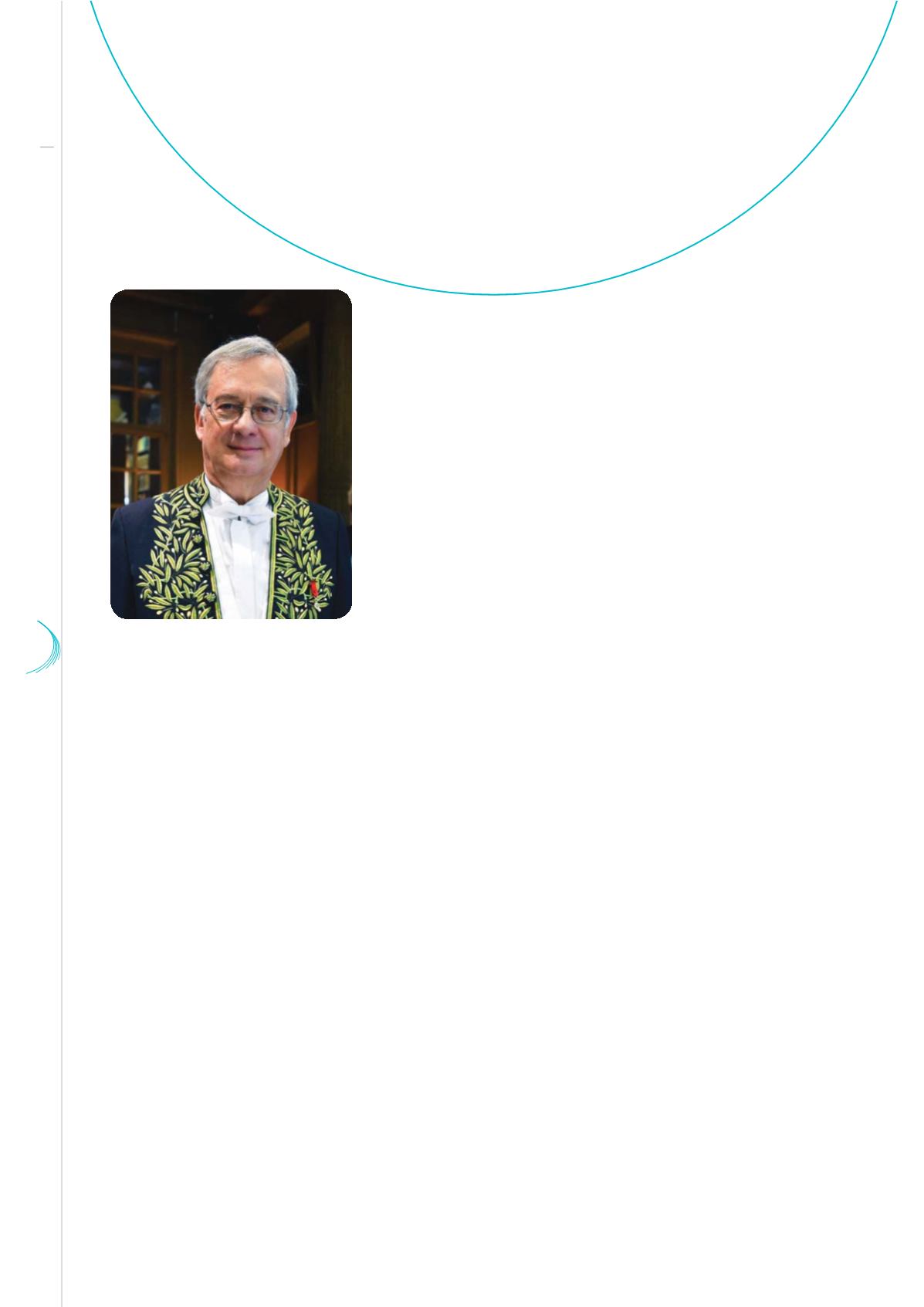

37 38
6
La Lettre
© B.Eymann - Académie des sciences
Bernard Meunier
President of the Académie des Sciences, Emeritus Senior
Researcher at CNRS
One evening, as Louis XIV was falling asleep away from
the crowd of his courtiers, he felt like a castaway in the
middle of the ocean. Suddenly, a little voice woke him up
and said to him:
Sire, please....draw me an Academy!
”
The King listened to the Little Prince and said to him:
“
But I already have an academy, which my father made
in 1635; it takes good care of our beautiful French
language.
” “
I know
”, the Little Prince said, “
but another
one is needed, to deal with science, with scientists telling
us about the world, our planets, plants, animals, diseases and also machines that should be created
to make your kingdom a bigger and stronger one.
” The King was convinced. This was the year 1666;
he asked Colbert to engage the creation of the "Académie Royale des Sciences".
Recruiting for excellence
In fact, there are no historical documents recording how Louis XIV made his decision. One thing is certain:
the "Académie des Sciences" has been there for 350 years! The young King, 28 years old in 1666, was
concerned with France’s influence, as is illustrated by his search for natural borders and his support for
artistic creation, in all fields: architecture, painting, theatre and poetry. His early reign was still lacking a
group of scientists able to develop mathematics and physics – this latter word covering, in the middle
of the 17
th
Century, not only today’s physics but also chemistry, natural sciences and medicine. French
scientists such as Descartes and Pascal, who respectively died in 1650 and 1662, had not been replaced
and England had recently created a scientific society, in 1660, immediately taking an important place in
Europe: the Royal Society.
It was urgent for the French royalty to show France’s precedence on the Continent. Colbert appointed
his librarian, Pierre de Carcavi, a mathematician who had been trained by Pierre de Fermat, to recruit
a scientist recognized by his pair in Europe and able to animate an academy of sciences in Paris. The
choice would be Christiaan Huygens, a mathematician and astronomer from the Netherland, admired by
Draw me an Académie!


















